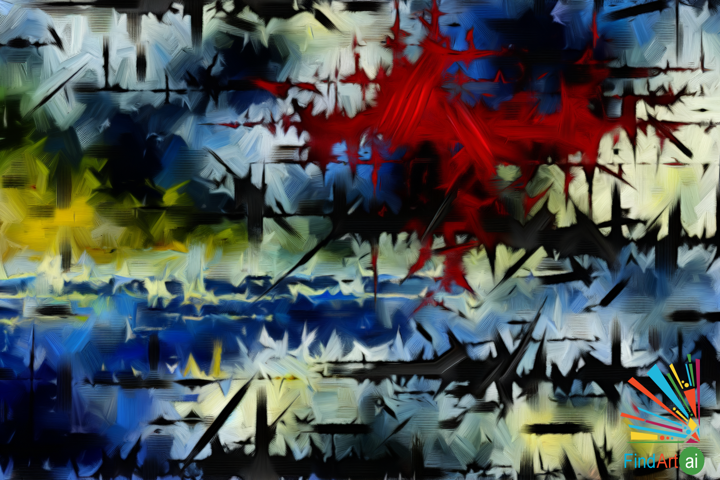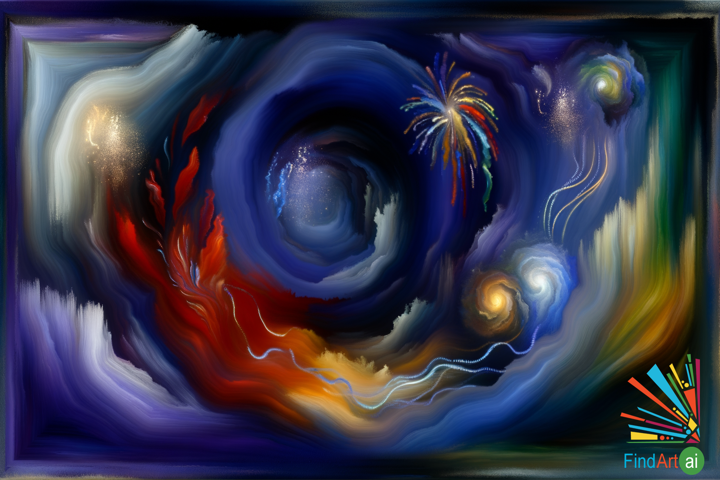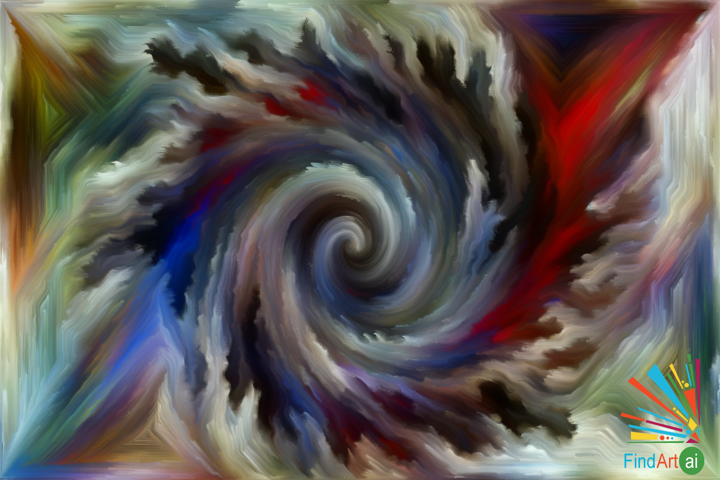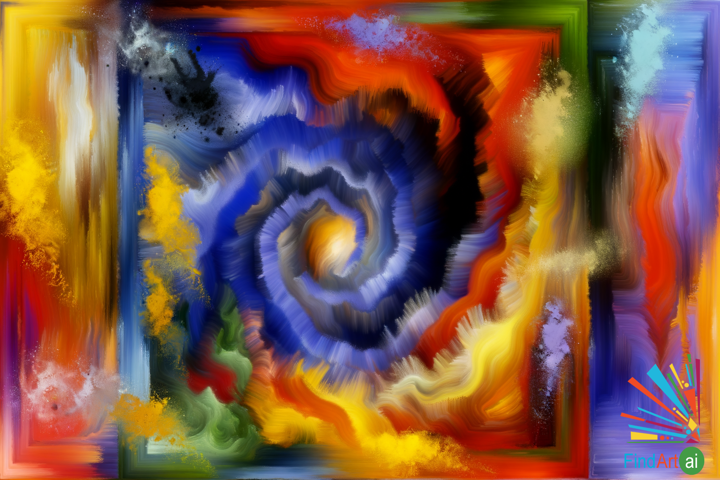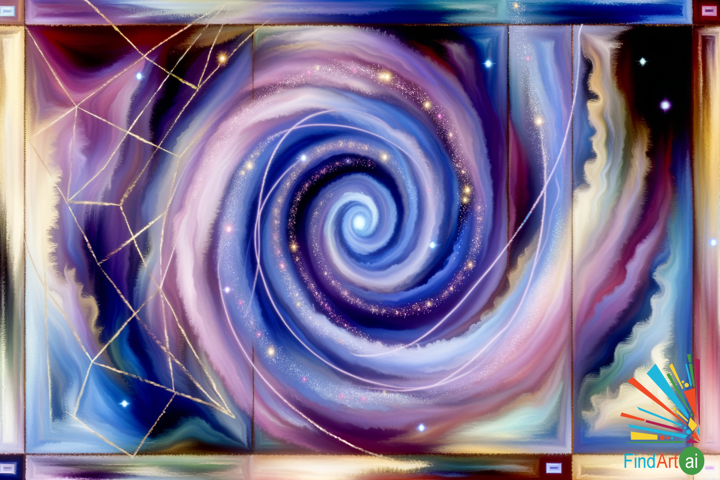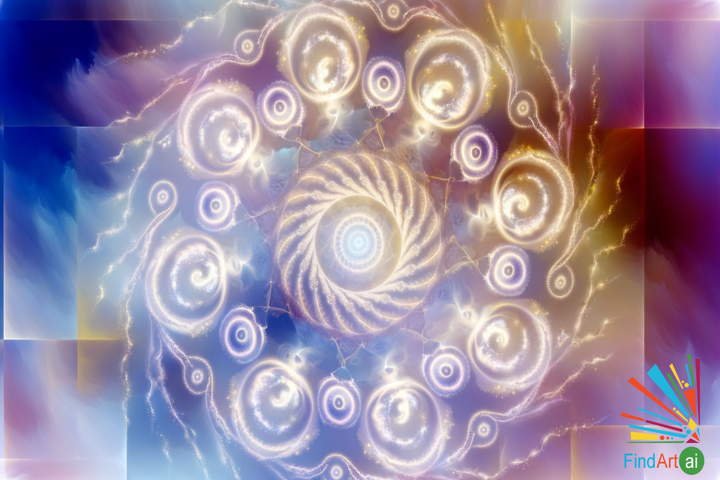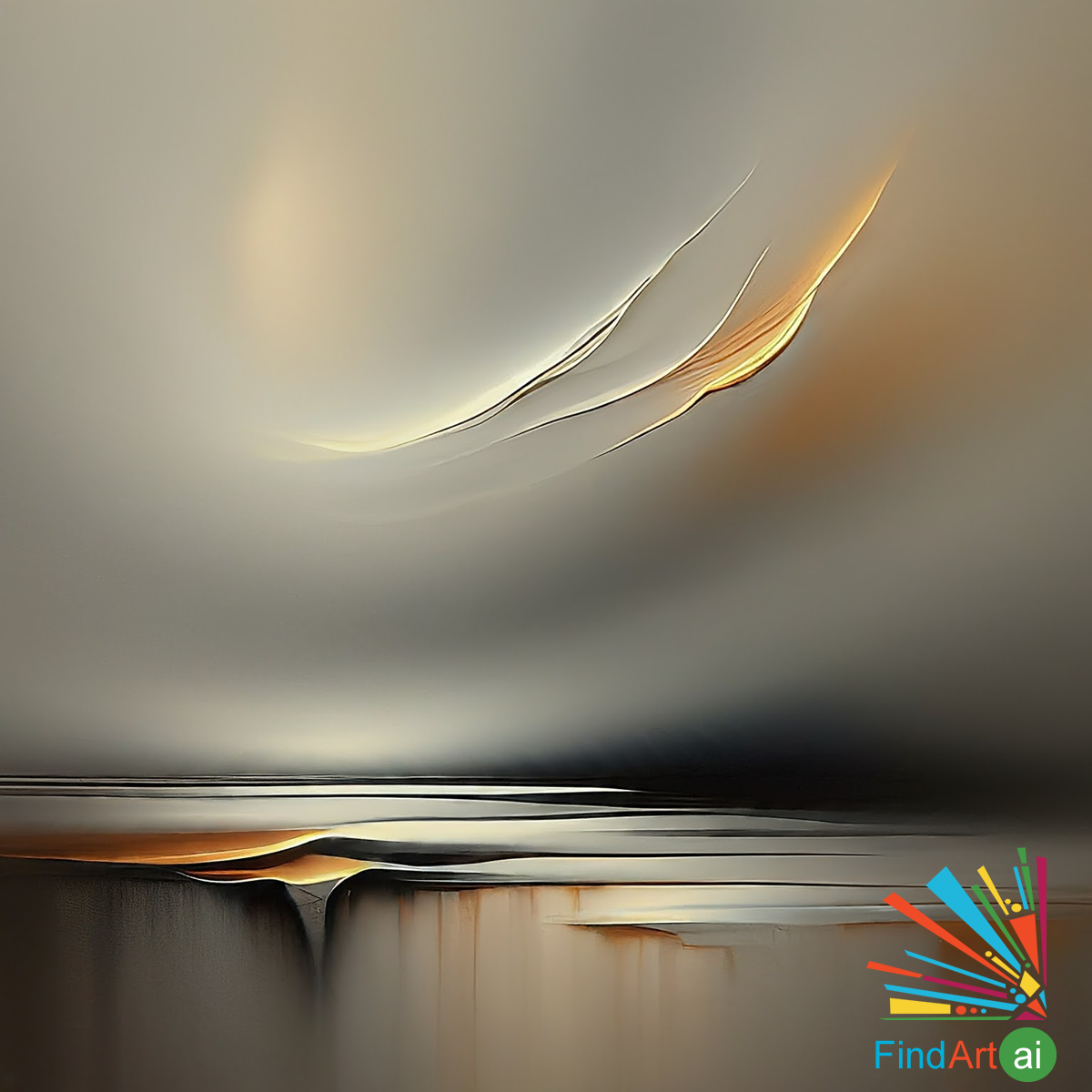
Abstract Art Paintings with Emotion and Subjectivity Theme
Abstract Art with an Emotion and Subjectivity theme focuses on expressing feelings, moods, and personal perspectives rather than depicting realistic or recognizable forms. This style, emerging in the early 20th century, uses shapes, colors, lines, and textures to evoke emotions and convey inner experiences, often leaving interpretation open to the viewer's own emotions and perceptions. Abstract artists prioritize emotional resonance and personal expression over objective reality, creating a visual language that is often non-representational and deeply subjective.
Key Characteristics of Abstract Art with Emotion and Subjectivity Theme
- Non-Representational Forms:
- Abstract artists move away from depicting recognizable objects or figures, instead using geometric or organic shapes, fluid lines, and fragmented forms to express complex emotions. The forms may suggest ideas or feelings without directly representing real-world subjects.
- Color as a Vehicle for Emotion:
- Color plays a central role in conveying emotion in abstract art. Bold, contrasting colors can evoke intense feelings like passion, anger, or joy, while softer tones may suggest calmness, melancholy, or introspection. Artists often use color intuitively, based on the emotional response they wish to evoke.
- Gestural and Expressive Brushstrokes:
- The physical act of painting—through energetic or spontaneous brushstrokes—becomes an emotional expression itself. This technique, often seen in works of Abstract Expressionism, allows the artist’s movements and feelings to directly influence the composition, translating emotion into visual form.
- Subjective Interpretation:
- Abstract art invites the viewer to project their own emotions and interpretations onto the artwork. Without a clear subject matter, the experience of viewing the painting becomes deeply personal, allowing each viewer to connect with the work in a unique way based on their own emotional state and perspective.
- Ambiguity and Open-Ended Meaning:
- Abstract art often leaves room for ambiguity, reflecting the complex and sometimes contradictory nature of human emotions. Multiple layers of meaning can coexist within a single painting, mirroring the fluidity and subjectivity of emotional experience.
- Dynamic and Rhythmic Compositions:
- Abstract compositions often emphasize rhythm, movement, and flow, using repeating patterns, swirls, or fragmented shapes to create a sense of emotional energy. This dynamic arrangement mirrors the unpredictability and intensity of emotions.
- Textural Variations:
- Texture is frequently used to enhance emotional depth. Thick, impasto layers of paint may convey intensity, aggression, or turmoil, while smoother, more delicate textures can evoke peace, serenity, or contemplation.
Common Themes in Abstract Art Focused on Emotion and Subjectivity
- Expression of Inner States:
- Abstract art often reflects the artist’s inner emotional landscape—fear, joy, anxiety, or wonder—through non-representational imagery. The absence of literal meaning allows artists to communicate their deepest feelings more freely and abstractly.
- Example: Jackson Pollock’s drip paintings, where the chaotic energy of the splattered paint reflects emotional rawness and spontaneity.
- Psychological Exploration:
- Abstract works delve into psychological themes such as identity, memory, and the unconscious mind. Through distorted forms, fragmented compositions, or surreal juxtapositions, artists explore the complex, often hidden layers of the human psyche.
- Example: Wassily Kandinsky’s use of color and form in Composition VIII to convey spiritual and emotional experiences, viewing art as a direct reflection of the soul.
- Emotional Tension and Conflict:
- Abstract paintings often express emotional tension through clashing colors, jagged lines, or chaotic arrangements. This can evoke feelings of struggle, inner conflict, or unresolved emotions.
- Example: Mark Rothko’s color field paintings, where large blocks of color seem to vibrate with emotional intensity, often evoking a profound sense of sadness or contemplation.
- Spiritual and Mystical Feelings:
- Some abstract artists use color and form to suggest spiritual or mystical experiences, transcending material reality to communicate feelings of awe, transcendence, or enlightenment.
- Example: Hilma af Klint’s abstract, symbol-laden paintings, which sought to express spiritual energy and emotion beyond the physical world.
Exploring Emotional Conflict: 'The Echoes Within' - A Canvas of Subconscious Turmoil
"The Echoes Within" is an abstract exploration of emotional tension and conflict, set against a tumu...
Whispers of the Soul: A Vivid Exploration of Emotion and Introspection Through Color
"Whispers of the Soul" captures the essence of emotional depth, with a deep indigo base representing...
Eclipse of the Psyche: A Vortex of Clashing Colors and Emotional Tension
A swirling vortex of clashing colors dominates the canvas, centered by an inky blackness symbolizing...
Echoes of the Soul: A Vortex of Emotions in Midnight Blues and Fiery Oranges
"Echoes of the Soul" invites viewers into a vibrant canvas of emotions. A central vortex of midnight...
Whispers of the Cosmos: A Journey Through Ethereal Realms and Hidden Sacred Geometry
"Whispers of the Cosmos" blurs the lines between earthly and ethereal realms on a vast canvas. A dee...
Ethereal Whispers: A Canvas of Spiritual Enlightenment in Blues, Purples, Gold, and Silver
Ethereal Whispers is a mesmerizing canvas that opens a portal to spiritual enlightenment. Set agains...

